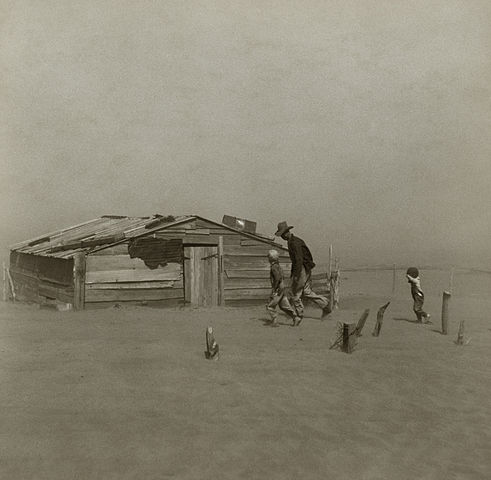
A “mega-drought” is defined as any drought that is at least as bad as the worst drought already experienced during the 20th century, but whose duration is much longer, such as 35 years or more. Researchers are predicting that unless some serious steps are taken to reduce greenhouse gas emissions significantly.
This most recent study, co-authored by Toby Ault, assistant professor in the Department of Earth and Atmospheric Sciences at Cornell University, is the first such study to predict that future dry spells might surpass the decades-long droughts that took place centuries ago. The demise of several civilizations during the 13th century is blamed on these mega-droughts.
“I was honestly surprised at just how dry the future is likely to be,” said Ault. “I look at these future mega-droughts like a slow moving natural disaster. We have to put mega-droughts into the same category as other natural disasters that can be dealt with through risk management.”
Jason Smerdon, also a co-author of the study and a climate scientist at the Lamont-Doherty Earth Observatory of the Earth Institute at Columbia University adds that the today the risks and dangers are more serious because of the larger population effected and its greater dependence on water resources.
“We are the first to do this kind of quantitative comparison between the projections and the distant past, and the story is a bit bleak,” Smerdon said. “Even when selecting for the worst mega-drought-dominated period, the 21st century projections make the mega-droughts seem like quaint walks through the Garden of Eden.”
Currently, during the past fourteen years the western United States has suffered through eleven drought years. The area of drought includes California, Nevada, New Mexico, Arizona, Texas and Oklahoma. Other parts of the region are also included, directly effecting over 64 million people.
“Natural droughts like the 1930s Dust Bowl and the current drought in the Southwest have historically lasted maybe a decade or a little less,” said Benjamin Cook of the NASA Goddard Institute for Space Studies and the Lamont-Doherty Earth Observatory.
“What these results are saying is we’re going to get a drought similar to those events, but it is probably going to last at least 30 to 35 years,” added Cook.
The research study was published in a new online journal of the American Association of the Advancement of Science called Science Advances, and present at the AAAS annual meeting.